 THIS drone shot, taken during a DoH inspection, shows an empty lot in Marikina, which was supposed to be the site of a P21.49-million Super Health Center, Oct. 15, 2025. — PHILIPPINE STAR/WALTER BOLLOZOS
THIS drone shot, taken during a DoH inspection, shows an empty lot in Marikina, which was supposed to be the site of a P21.49-million Super Health Center, Oct. 15, 2025. — PHILIPPINE STAR/WALTER BOLLOZOSBy Erika Mae P. Sinaking
THE existence of “ghost” hospitals or idle Super Health Centers (SHCs) in the country reflects deeper problems of corruption, poor governance, and misplaced priorities in the public health system, health reform advocates and medical experts said.
In early October, the Independent Commission for Infrastructure (ICI) said it received reports about alleged unused and non-operational SHCs already been tagged as “completed.”
A total of 878 SHCs have been funded through the Health Facility Enhancement Program (HFEP) since 2021, based on preliminary Department of Health (DoH) data. Of these, only 196 are operational, 17 are partially operational, while 365 are still under construction.
The remaining 300 facilities — more than a third of the total — remain non-operational.
Health Secretary Teodoro J. Herbosa earlier told the ICI that many of these facilities remain idle due to the lack of basic utilities such as electricity and water.
“The health sector has been able to escape accountability in many forms of corruption — including phantom health centers — because they are not as visible or glaring as other infrastructure projects,” Paul Gideon D. Lasco, medical anthropologist, told BusinessWorld in an e-mail response to questions.
Mr. Lasco noted that many public healthcare facilities operate outside the public eye, often unnoticed by citizens who either distrust or rarely use government health services.
“We can also view these forms of corruption as further evidence of how systemic corruption is in our government,” he added.
Super Health Centers are larger versions of regular health centers, intended to provide outpatient consultations, basic diagnostics such as X-rays and ultrasounds, minor surgeries, and pharmacy services. They were initiated in 2021 to supplement local health infrastructure and reduce congestion in public hospitals.
The Health chief said that all health facilities in 2024 are being implemented by the Department of Public Works and Highways (DPWH), following a provision in the 2025 General Appropriations Act mandating the DPWH to handle the construction of facilities costing more than P5 million and not directly under DoH control.
For Anthony “Tony” C. Leachon, health reform advocate, the problem lies in how these projects were planned and implemented from the start.
In a separate e-mail, Mr. Leachon said that the continued existence of idle or incomplete SHCs points to “three interlocking failures” — fragmented planning, weak accountability mechanisms, and political interference.
“Infrastructure was prioritized over functionality,” he said.
Mr. Leachon added that oversight in programs such as the HFEP has historically been weak, allowing contractors and implementing agencies to operate with little consequence for inefficiency or neglect.
“Some centers were reportedly built in areas chosen for political convenience rather than epidemiologic need,” he said, describing the practice as a form of “pork barrel dynamics where visibility trumps viability.”
Despite the billions spent, the issue rarely provokes public outrage due to its complexity and the quiet, slow nature of its consequences.
“Unlike scandals involving personalities or national security, ghost health centers are technical, dispersed, and slow burning,” he said. “They rarely provoke outrage because their impact is felt quietly — in missed diagnoses, untreated illnesses, and preventable deaths.”
The DoH said it will continue building up cases on the 300 problematic SHCs, conduct on-site inspections through its regional directors, and activate a “Citizens Participatory Audit” to gather public reports on idle facilities.
“We are still waiting for the DoH to conclude its investigation and provide us with a report,” ICI Executive Director Brian Keith F. Hosaka told BusinessWorld via Viber.
“Ghost health centers are not just abandoned buildings. They are symbols of broken promises,” Mr. Leachon said. “To restore trust, we must restore function. And to restore function, we must restore integrity.”
Meanwhile, Mr. Lasco emphasized that beyond public outrage, accountability must be pursued to deter future wrongdoing. He added that structural reforms in the healthcare system are needed, including stronger support and fair compensation for health workers.

 8 hours ago
1
8 hours ago
1
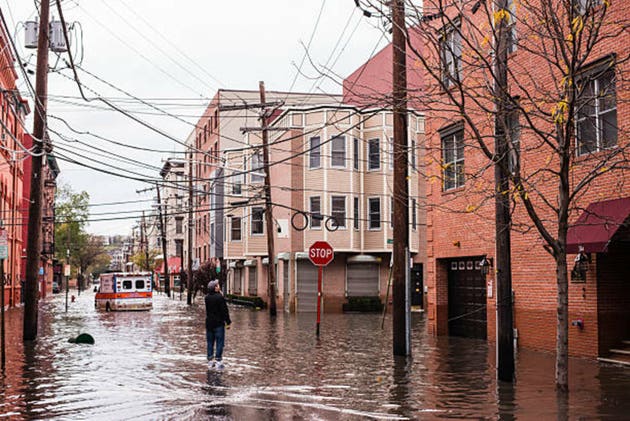
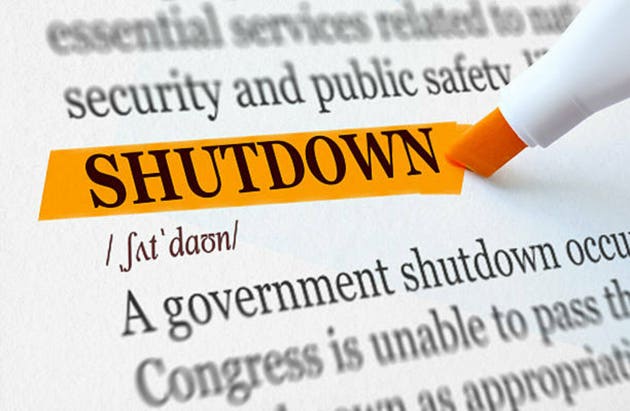


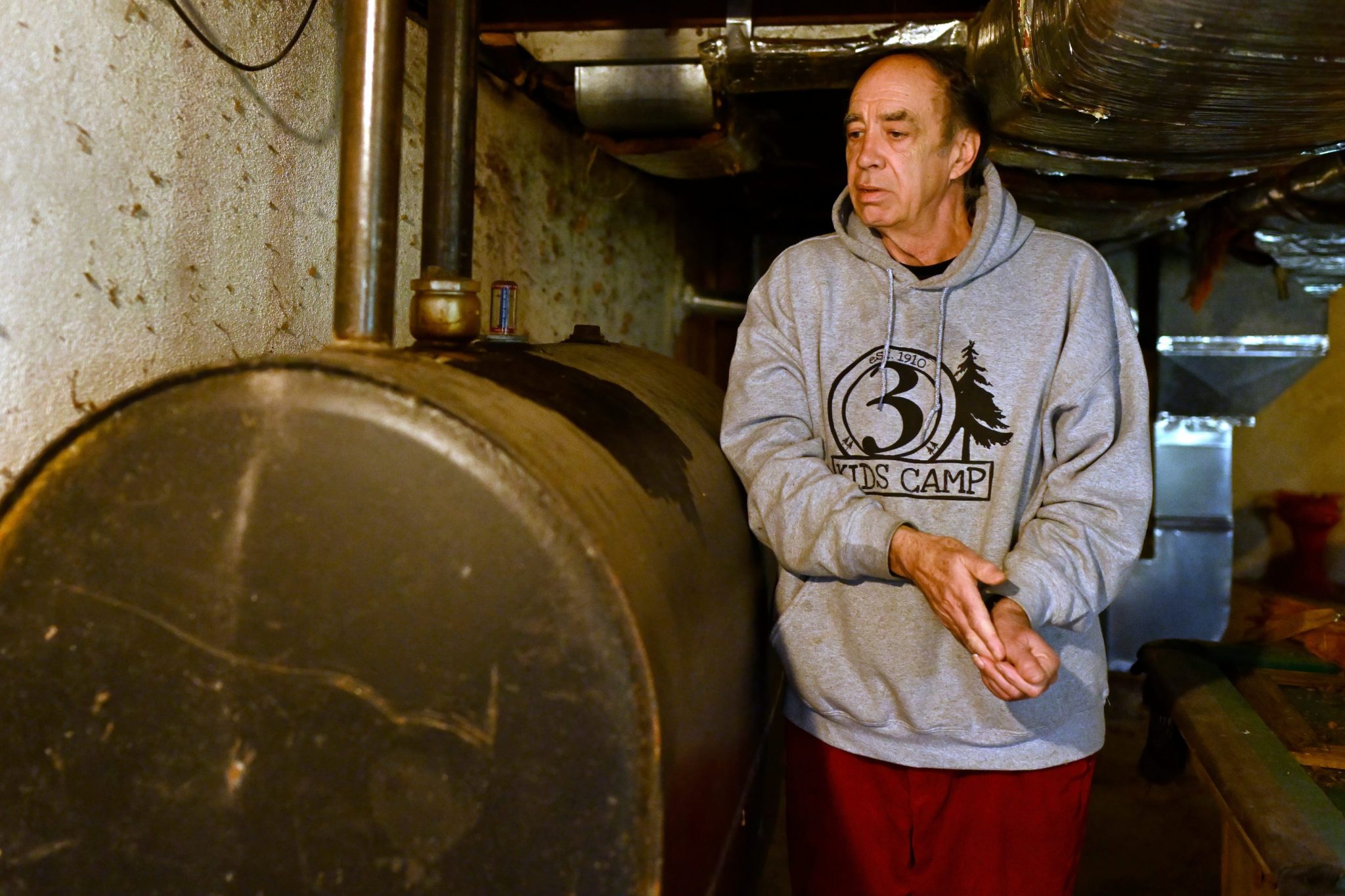

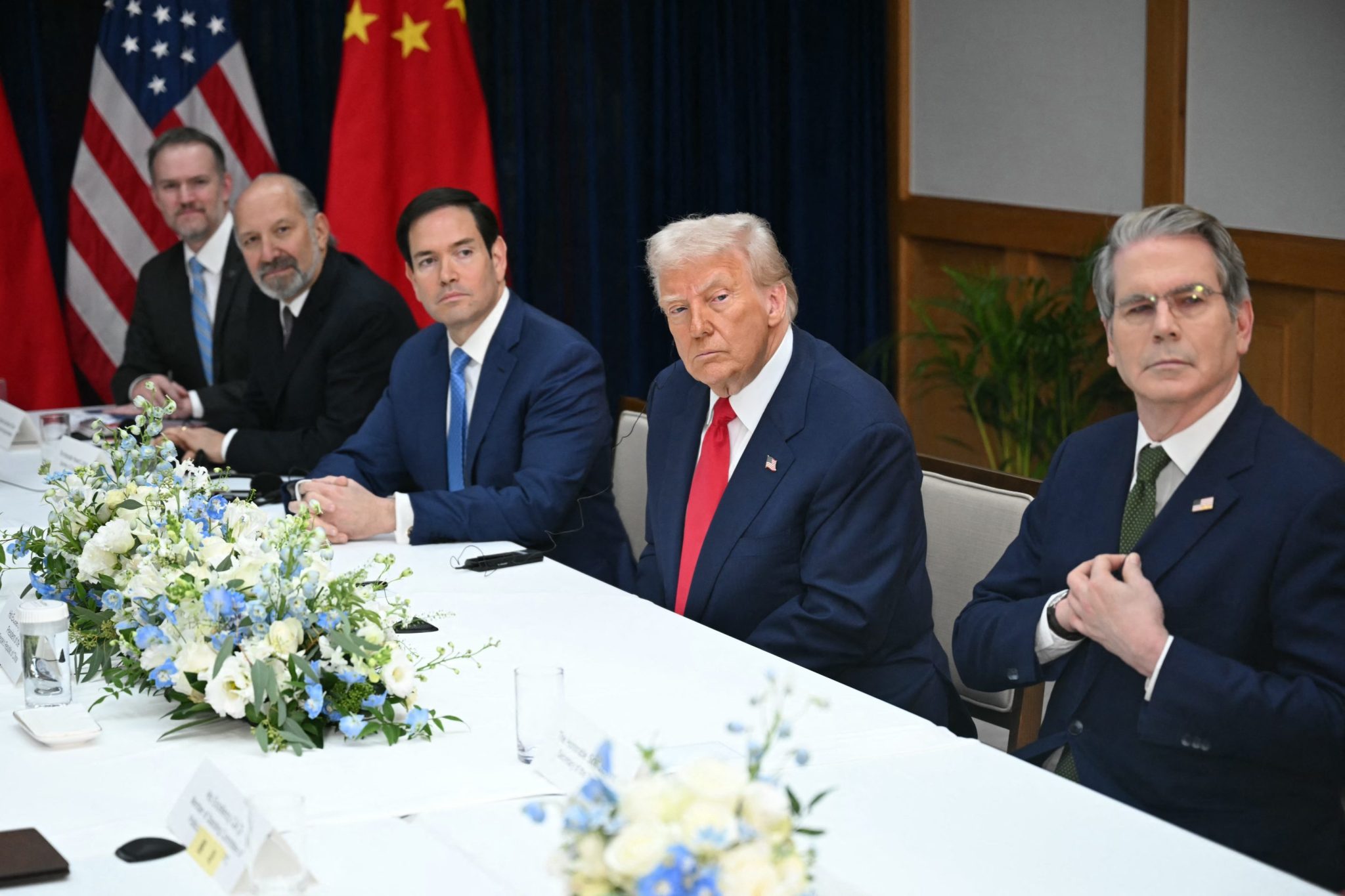
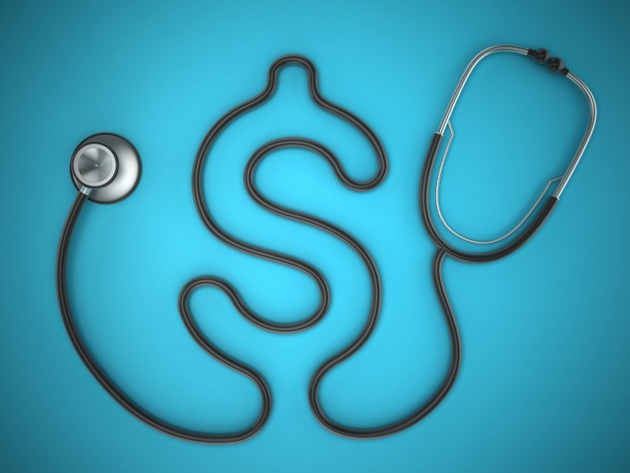




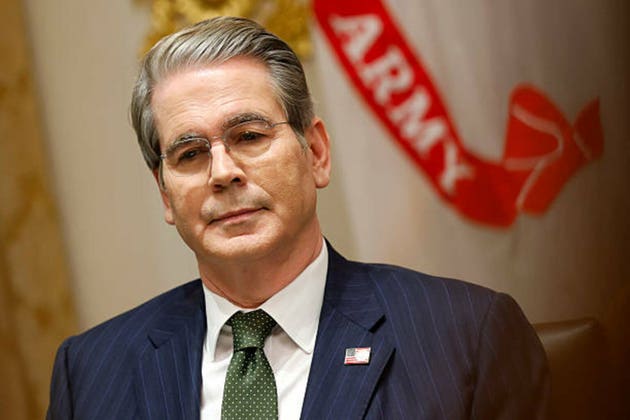
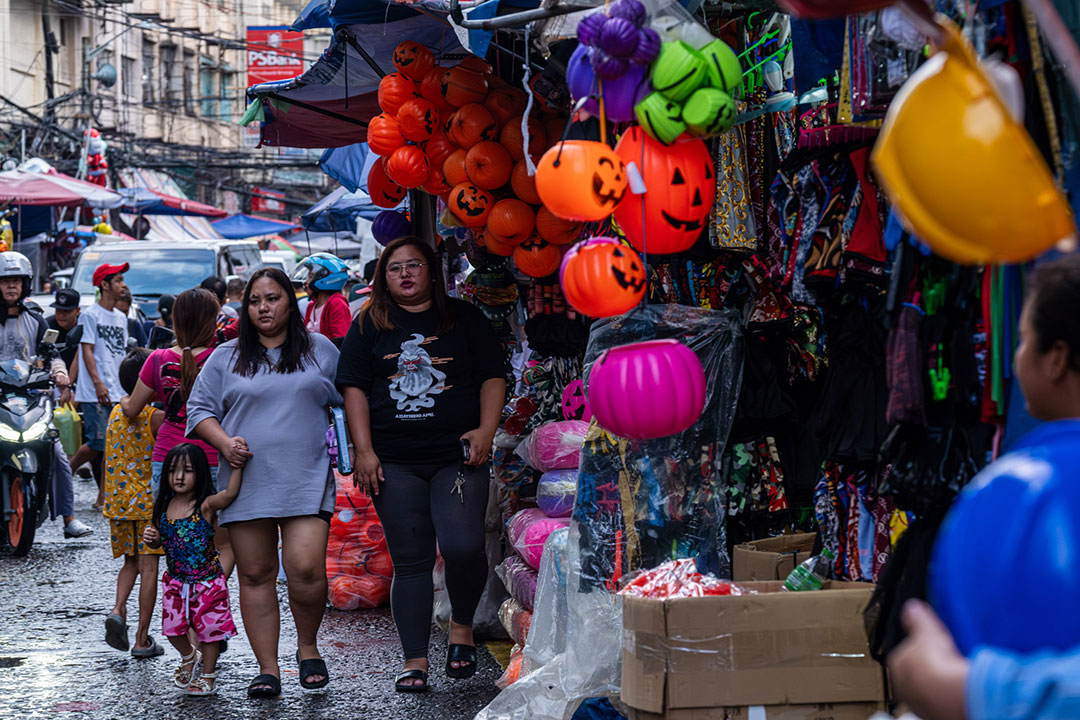
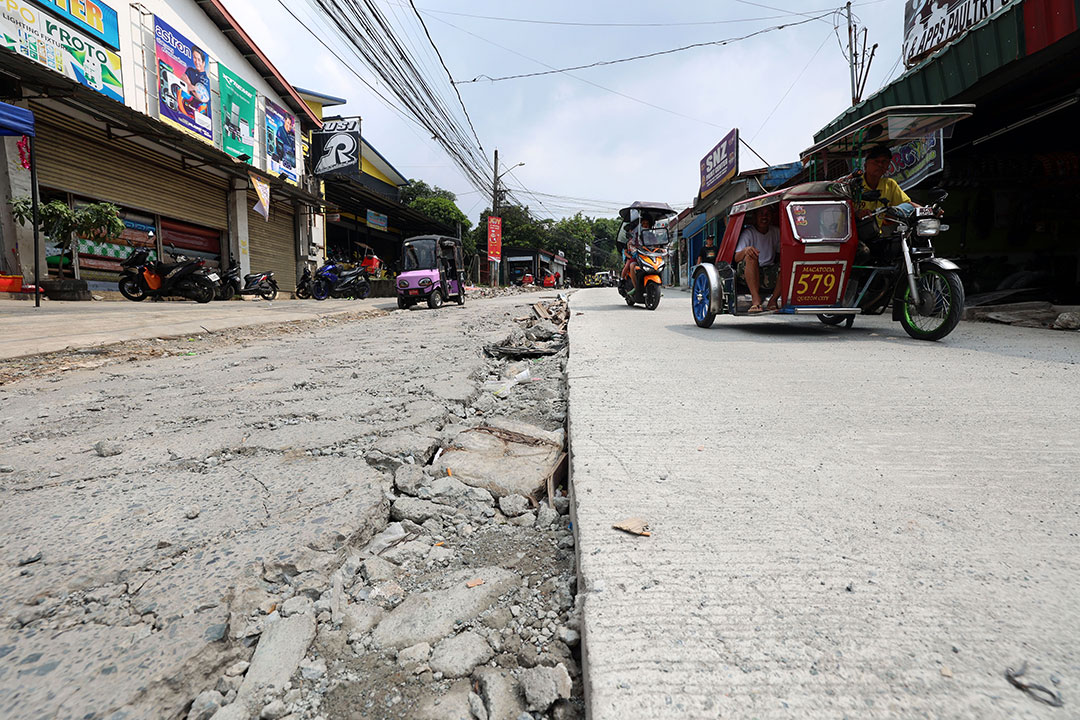


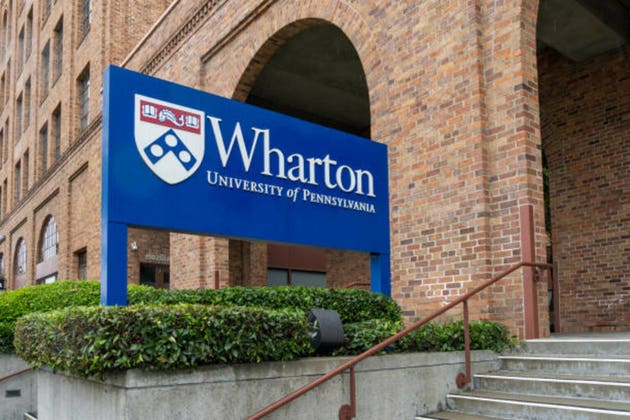



 English (US) ·
English (US) ·